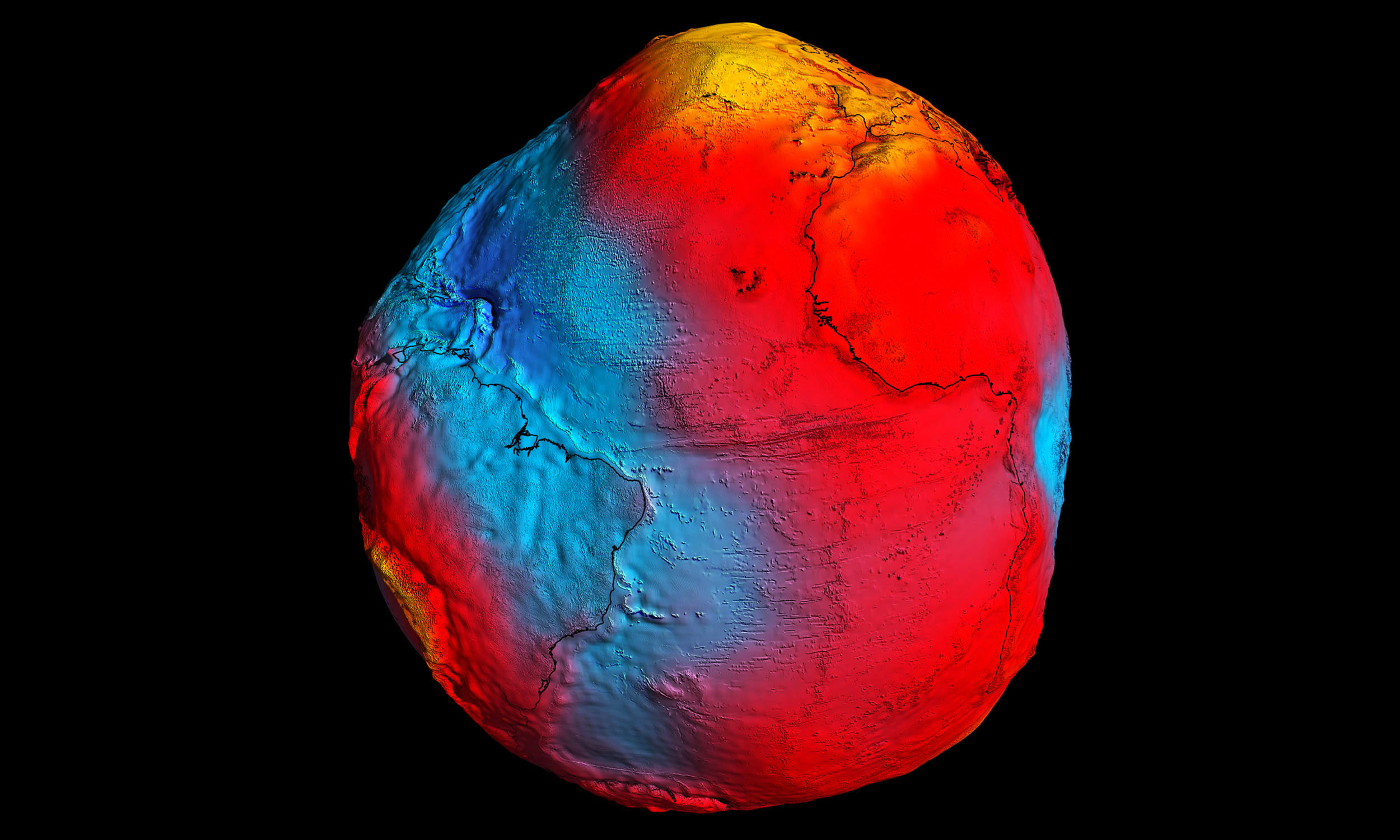Exploring the depths of the ocean is a captivating and mysterious journey, revealing unexpected wonders that defy human comprehension. One such phenomenon is the “whale fall,” a life-sustaining event that happens when the remains of a giant creature, such as a whale, sink to the ocean floor, creating a temporary oasis for deep-sea organisms. This event was vividly captured in a 2021 expedition led by researchers at the Schmidt Ocean Institute. Their footage not only showcases the feeding frenzy that occurs but also sheds light on the complex ecosystem that thrives in one of the most remote and harshest environments on Earth.
What Is a Whale Fall?
A whale fall refers to the ecological event that happens when a whale or similar large marine creature dies and its body sinks to the ocean floor. While a whale’s death might seem like the end of its life cycle, in reality, it marks the beginning of a complex and thriving ecosystem that nourishes a variety of deep-sea organisms. These giant creatures, which can weigh up to 80 tons, provide an extraordinary source of nutrition and sustenance for a host of creatures in the deep ocean. Unlike the shallow waters, where food is more abundant, the deep sea is notoriously nutrient-scarce. Whale falls, therefore, become vital sources of energy for marine life that would otherwise struggle to survive.
At the beginning of a whale fall, scavengers like hagfish, sharks, and crabs move in to feed on the decaying flesh. These organisms thrive on the rich energy provided by the whale’s body. Over time, smaller organisms such as bone-eating worms and other specialized creatures take over, consuming the bones and breaking down the last remnants of the carcass. This life cycle can span decades, providing a long-term food source for various species, illustrating the deep sea’s ability to sustain life in the most unlikely of circumstances.
The Ecological Stages of Whale Fall
A whale fall goes through several distinct ecological stages, each hosting a different group of organisms that specialize in exploiting the nutrients available. The first stage, known as the “scavenger phase,” is marked by large creatures that feed on the whale’s flesh. Predators such as sharks, hagfish, and even deep-sea fish will feast on the soft tissue, devouring as much as they can.
After the flesh has been consumed, the “decomposer phase” sets in, which is dominated by smaller organisms. These include bacteria, which break down the remaining fat, and specialized worms that feed on the bones. These bone-eating worms, known as Osedax, have evolved unique adaptations, such as specialized enzymes, to help them break down the whale’s bones for sustenance. This phase can last several years as bacteria and worms gradually dismantle the skeletal remains.
The final stage is the “remineralization phase,” during which the remaining bones release minerals that provide sustenance to deep-sea invertebrates. This stage can last for decades, supporting a rich community of organisms, including crabs, shrimp, and other scavengers. The whale’s carcass essentially becomes an underwater “coral reef,” providing essential nutrients and a thriving environment for an array of organisms in an otherwise barren ecosystem.
The Diversity of Life Supported by Whale Falls
Whale falls are more than just an isolated event—they are a vital component of the deep-sea ecosystem. They support a diverse range of species, from bacteria to large marine animals, all of which are adapted to survive in the extreme conditions of the deep ocean. These ecosystems also include rare species of deep-sea corals, which feed on the organic matter released from the whale’s carcass.
Researchers have observed species that rely solely on whale falls for their food source, including some species of snails, shrimp, and crabs. The presence of these creatures highlights how interconnected marine life is in the deep ocean. In fact, whale falls represent an opportunity for scientists to study the complex relationships between species that might otherwise never interact due to the sheer depth and distance between them.
The importance of whale falls goes beyond simply providing food. They also act as breeding grounds for certain species, as the nutrients they provide attract animals that would otherwise have to migrate long distances for food. This reinforces the notion that even in the most desolate parts of the ocean, life finds ways to flourish.
Whale Falls as Indicators of Ocean Health
The study of whale falls provides valuable insight into the health of ocean ecosystems. As human activity continues to threaten marine life through overfishing, pollution, and climate change, understanding the role of natural processes like whale falls is crucial. Whale falls can act as indicators of ocean health because they are often found in areas that are otherwise inaccessible or unexplored, offering researchers an opportunity to study ecosystems that have remained largely untouched.
The process of decomposition that occurs during a whale fall can be used to understand how carbon cycles through the ocean. The study of these events also offers clues about the ocean’s ability to absorb and store carbon, which is critical in the context of climate change. By understanding how ecosystems at the bottom of the ocean function, we can better protect these fragile environments from further harm.
Source link

